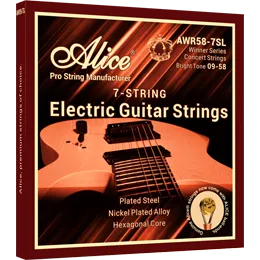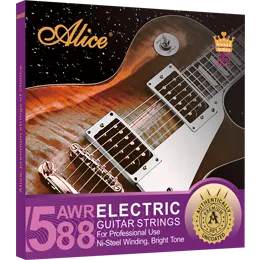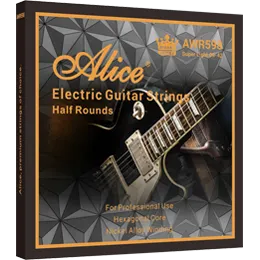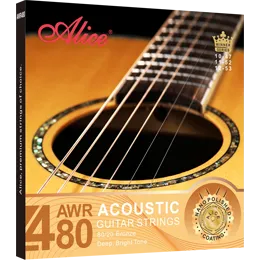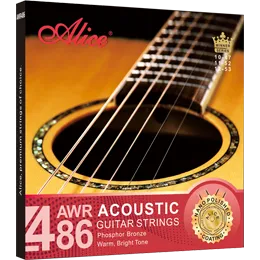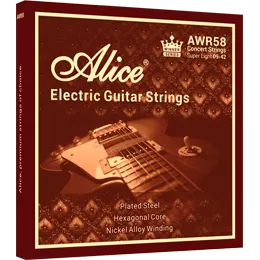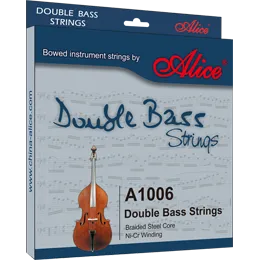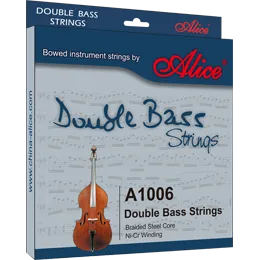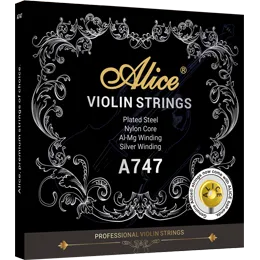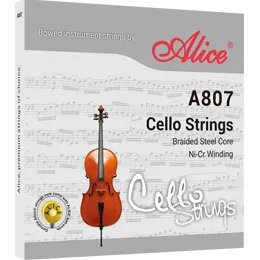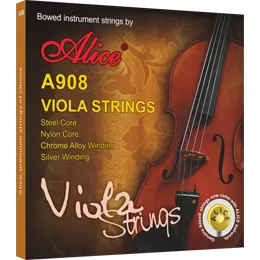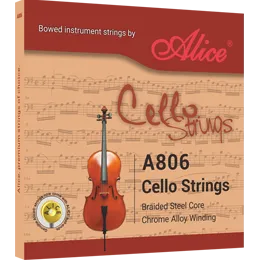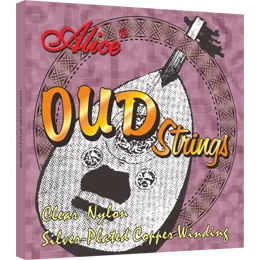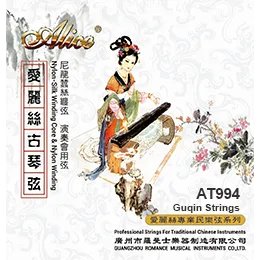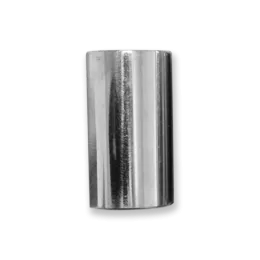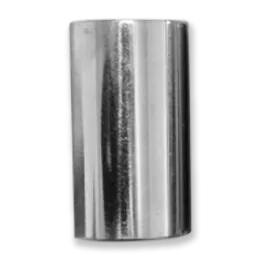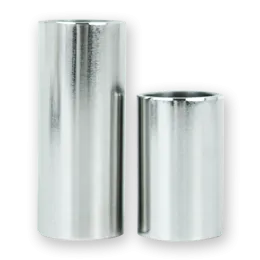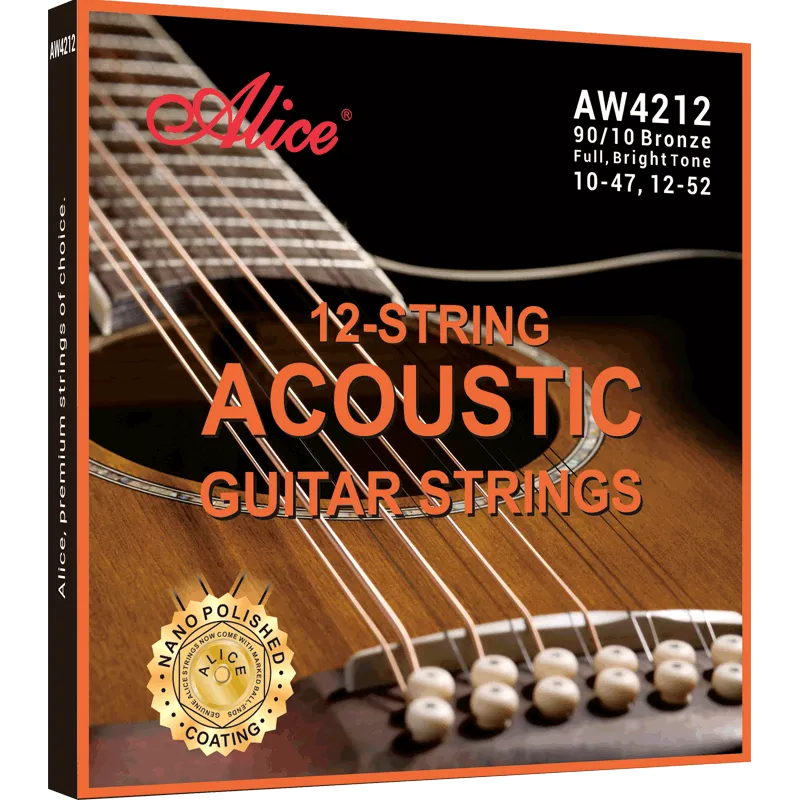How to Choose the Right Guitar String Models for Export Markets
Exporting guitar strings might seem as simple as packaging and shipping, but success in international markets depends on a deeper understanding of regional preferences, musical styles, and playing habits. While one string gauge or material might be popular in the U.S., a completely different specification may be in demand in Japan, Brazil, or Germany. For manufacturers and distributors, adapting to these nuances is essential to gaining market share and building lasting relationships with music retailers and players around the world.
1. Understand Regional Playing Styles and Instruments
One of the most important factors in string selection is the musical style popular in each region. In North America, for example, genres like blues, rock, country, and metal dominate. These players often favor nickel-plated steel strings for electric guitars and phosphor bronze for acoustic models, typically in light or medium gauges (e.g., .010–.046 for electric, .012–.053 for acoustic).
In contrast, flamenco and classical guitar are more prevalent in Spain and parts of Latin America, where nylon strings are essential. In Brazil, bossa nova and samba influence preferences for warm, mellow tones, often achieved through specialized string sets. Meanwhile, in East Asia, many young players favor pop and fingerstyle, influencing demand for coated, long-lasting strings with brighter tones.
Understanding the dominant music culture helps determine which materials, gauges, and string types to prioritize.
2. Gauge Preferences Vary Widely
String gauge—the thickness of the string—significantly affects tone and playability. Different markets have different preferences based on hand size, playing technique, and tone goals.
United States and Canada: Light and super-light sets (.009 or .010 for electric guitars) are common, offering easier bending and comfort for longer playing sessions.
Germany and Northern Europe: Medium to heavy gauges are more common, as many players prioritize tone depth and tuning stability.
Southeast Asia: Players often favor extra-light strings due to more delicate finger styles or beginner markets where comfort matters most.
Latin America: Acoustic guitarists might prefer custom light or hybrid sets that offer a balance between volume and ease of play.
Exporters must analyze sales trends and feedback from distributors in each country to select the right gauge ranges for their catalog.
3. Material Preferences and Climate Considerations
Climate and humidity also influence string performance and buyer behavior. In humid regions like Southeast Asia or coastal parts of South America, corrosion-resistant coated strings are more popular because they last longer and maintain tone better.
On the other hand, in drier regions like the American Southwest or parts of Australia, uncoated strings are more acceptable, and players might prefer them for their raw, natural tone.
Nylon strings for classical guitars may also be affected by climate—materials that resist stretching and maintain tuning stability are particularly valued in areas with fluctuating temperatures.
Therefore, exporters should not only consider player preferences but also how strings will physically perform in different environments.
4. Brand Familiarity and Local Market Standards
Each market has its own mix of popular brands and expectations. In Japan, for instance, high attention to quality and precision often pushes players toward premium products with consistent performance. In contrast, emerging markets may prioritize price-performance ratios, seeking strings that deliver durability and tone at a competitive price point.
Understanding existing market leaders and positioning your brand accordingly—either as a premium alternative or a value-focused brand—can determine which string models will succeed.
It’s also important to align packaging, labeling, and even product descriptions with local standards. For example, some countries may require multilingual labels, environmental certifications, or specific barcode systems.
5. Cultural Aesthetics and Packaging Design
Finally, don’t underestimate the importance of how the strings look on the shelf. Color schemes, typography, and even artwork that appeal in one country may not resonate in another. For example:
Minimalist designs often appeal to European and Japanese consumers.
Bold, vibrant packaging is more effective in Latin America or parts of Asia.
Clear technical specs are appreciated by North American and German players.
Customizing packaging for regional tastes can enhance retail visibility and support distributor marketing efforts.
Conclusion: Think Global, Act Local
Choosing the right guitar string models for export is not a one-size-fits-all endeavor. It requires research, adaptation, and sometimes trial and error. By considering local music culture, player habits, climate, market standards, and aesthetic preferences, guitar string manufacturers can tailor their offerings and build meaningful connections with global customers.
About Alice Strings
Alice Strings is a globally recognized brand specializing in high-quality strings for a wide range of instruments, including acoustic guitars, electric guitars, classical guitars, ukuleles, and more. With a commitment to innovation, durability, and affordability, Alice designs its products to meet the diverse needs of musicians worldwide.
Backed by advanced manufacturing technology and rigorous quality control, Alice Strings offers export-ready products that satisfy the expectations of international markets. Whether it's phosphor bronze for folk players in the U.S., nylon strings for classical artists in Spain, or coated electric strings for humid Southeast Asian climates, Alice has a solution tailored to each region.
Relate News
-
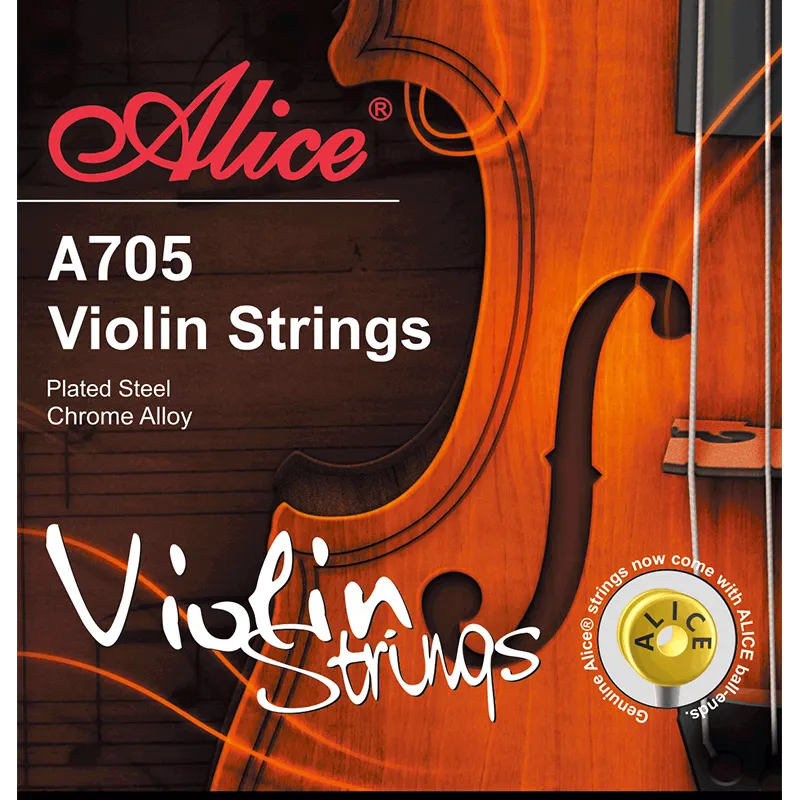 Alice Strings is a trusted global brand offering high-quality orchestral strings for violins, violas, cellos, and double basses. With years of experience in string manufacturing and a dedication to innovation, Alice blends traditional craftsmanship with modern materials to meet the needs of musicians at every level.
Alice Strings is a trusted global brand offering high-quality orchestral strings for violins, violas, cellos, and double basses. With years of experience in string manufacturing and a dedication to innovation, Alice blends traditional craftsmanship with modern materials to meet the needs of musicians at every level. -

The Complete Guide to Orchestral Strings: Everything You Need to Know
Alice Strings is a trusted global brand offering high-quality orchestral strings for violins, violas, cellos, and double basses. With years of experience in string manufacturing and a dedication to innovation, Alice blends traditional craftsmanship with modern materials to meet the needs of musicians at every level. -
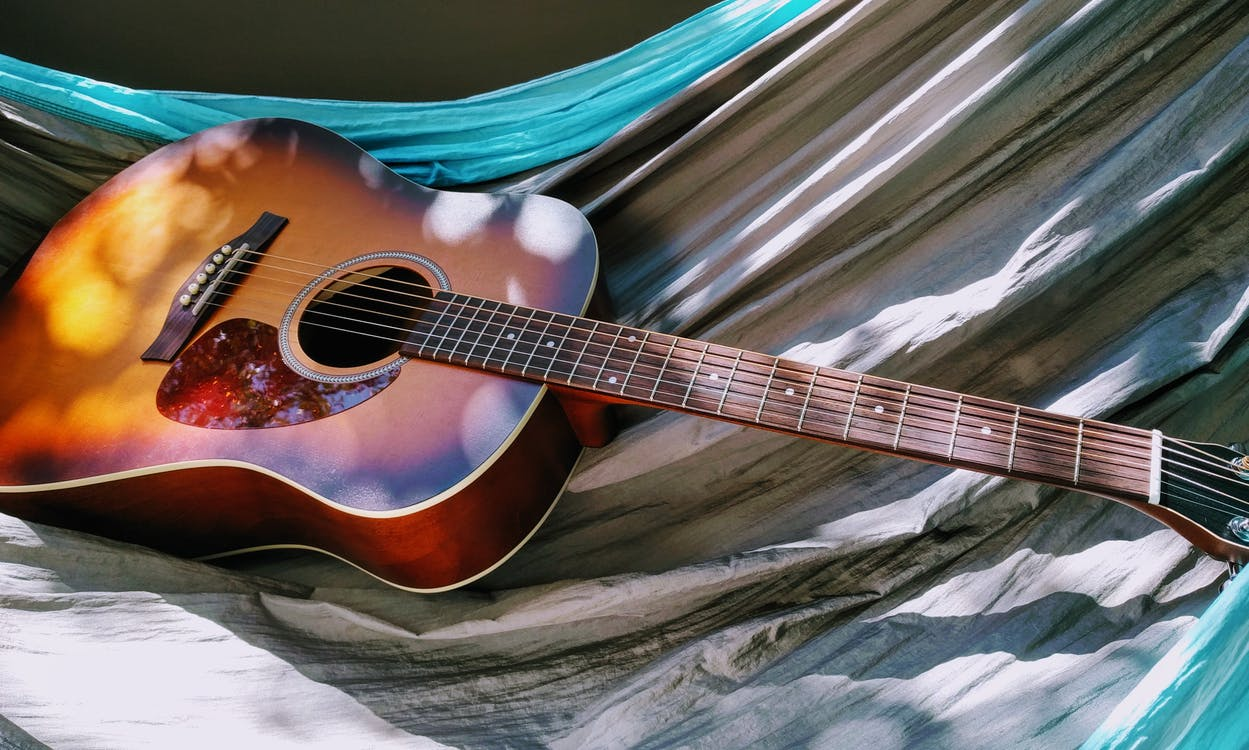
Inside the Craftsmanship: The Manufacturing Process of Guitar Strings
From selecting the finest raw materials to precision winding and protective coatings, guitar string manufacturing is a sophisticated blend of science and art. Every step influences the final product’s sound, feel, and durability, ensuring musicians can express themselves freely and reliably through their instrument.


